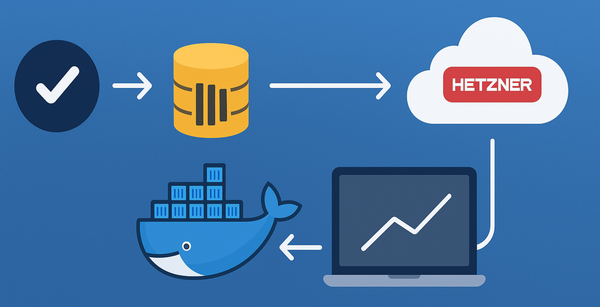Adding External OData Feed with OAuth in Excel
I have a web api which surfaces some odata collections using the asp.net web api v2 together with OData v3. I tried to use OData v4, but Excel ‘Add data feed’ wasn’t liking that at all. But, I wanted to have some way for the user to authenticate themselves before using service. I preferred to use OAuth in order to achieve this as it met all my other requirements.
I am using Excel 2013 and has got PowerPivot add on. Adding an OData feed which doesn’t require any authentication is easy in excel. You can use ‘Power Query’, ‘Power Pivot’, or the ‘Data tab -> Add External Data -> Add OData Data Feed option’. However, adding an OData feed which has OAuth as its authentication is difficult or damn near impossible.
After searching for hours and doing some hacking (decompiling Microsoft.Data.DataFeedClient.dll), I came up with a connection string that did the trick.
Data Provider=Microsoft.Data.DataFeedClient;Data Source=http://localhost:51584/api/;Include Atom Elements=Auto;Include Expanded Entities=False;Integrated Security=OAuth;User ID=asdsadsa;Password=asdadsad;Persist Security Info=False;Time Out=600;Schema Sample Size=25;Retry Count=5;Retry Sleep=100;Keep Alive=False;Scope=List.Read;Refresh Token={refresh_token};Client ID={client_id};Refresh URL=http://localhost:51584/api/oauth;Client Secret={client_secret};Max Received Message Size=4398046511104;Service Document Url=http://localhost:51584/api/3/; Authentication Token=Basic 2323jkj
Refresh Token, User ID, Password, Refresh URL, Scope, Client ID, and Client Secret are required. Because Integrated Security is not SSIS, excel complains and asks for these parameters to be provided.
You can see in the connection string that I am setting the Integrated Security=OAuth. This, allows excel to retry the OData feed URL when the first try returns a 401 Status Code.
Request
--------
GET api HTTP/1.1
User-Agent: PowerPivotExcel15
Response
---------
HTTP/1.1 401 Unauthorized
Content-Type: application/json; charset=utf-8
WWW-Authenticate: Bearer
Date: Wed, 11 Feb 2015 16:50:19 GMT
{"Message":"Authorization has been denied for this request."}
I did not get further by using the Power Pivot -> Add Data Feed option. However, by adding an existing connection using the ‘Data Tab’, I was able to use the connection string above to retrieve the data back.

Add existing connection data tab in excel
If an Authentication Token value is provided, excel retries the data source with Authentication Token added into the HTTP Header WWW-Authenticate. If the Authentication Token is null or empty, DataFeedClient tries to retrieve an access token by posting a request to Refresh URL together with the Refresh Token.
POST /api/oauth HTTP/1.1
User-Agent: PowerPivot
Content-Type: application/x-www-form-urlencoded
Host: localhost
Content-Length: 545
Expect: 100-continue
grant_type=refresh_token&refresh_token={refresh_token}&scope={scope}&client_id={client_id}&client_secret={client_secret}
The response to this request for refresh token should return back an access_token. Which is then used by excel to make a successful connection to the OData feed.
GET /api HTTP/1.1
User-Agent: PowerPivot
WWW-Authenticate: Bearer asdasdasda:
All this is great, but it comes with huge security implications. First is that the Client ID and Client Secret needs to be shared with the user. Maybe, we can store and issue separate Client ID and Client Secret from that of the ones provided by the Identity Provider. And each user who needs to access the data has to ask for a new client id and secret from a user interface. But, what about the refresh token? We defenetly cannot give that out to each users. If we issue our own refresh tokens, then we will have manage it’s scope, and the expiration policies. I certainly didn’t want to implement that.
Another issue with this approach is that the data added to excel from OData feed cannot be refreshed. This is caused by not being able to save a password in the connection string. When we try to refresh, excel prompts us to enter username and password. Adding some dummy value and clicking Ok doesn’t trigger the OAuth workflow for some reason.
I ended up supporting ‘Basic Authentication’ for my Web Api but, I hope this post has informed or inspired someone and hope to hear any feedback or a different approach.
You might want to visit these links.


